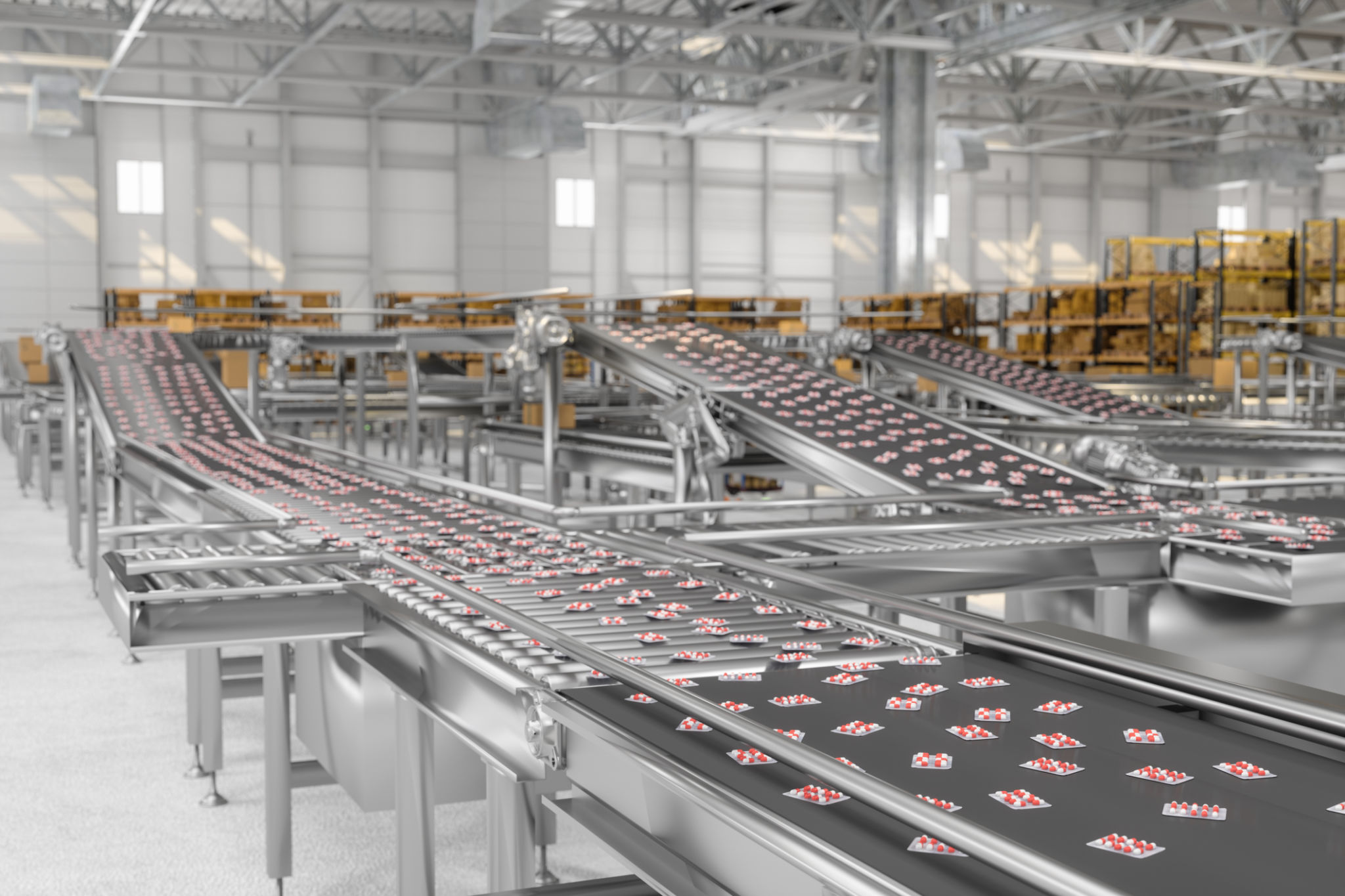Rapid Prototyping vs. Low Volume Production SLS: Which is Right for Your Project?
Understanding Rapid Prototyping
Rapid prototyping is a method used to quickly fabricate a scale model of a physical part or assembly using three-dimensional computer-aided design (CAD) data. This technique is particularly beneficial in the early stages of product development, allowing for the testing of form, fit, and function. It can significantly reduce the time to market by enabling quick iterations and adjustments.
One of the most popular methods of rapid prototyping is Selective Laser Sintering (SLS). SLS uses a laser to sinter powdered material, binding it together to create a solid structure. This process is highly versatile and can accommodate a wide range of materials, including plastics, metals, and ceramics.

Rapid prototyping is ideal for projects that require frequent design changes and testing. It allows designers to experiment with complex geometries without the need for traditional tooling, which can be both time-consuming and costly.
Exploring Low Volume Production
Low volume production refers to the manufacturing of small quantities of a product, typically ranging from 50 to 100,000 units. This approach is beneficial when the demand for a product is uncertain or when a company wants to test the market before committing to full-scale production.
SLS is also a popular choice for low volume production. It offers a cost-effective solution for producing durable and functional parts without the need for expensive molds or tooling. This flexibility makes it a perfect choice for industries such as automotive, aerospace, and healthcare.

Unlike rapid prototyping, low volume production focuses on creating end-use parts with consistent quality and performance. This method is often used for bridge manufacturing, where products are manufactured in limited quantities before full-scale production ramps up.
Comparing Rapid Prototyping and Low Volume Production
When deciding between rapid prototyping and low volume production, several factors should be considered:
- Project Timeline: Rapid prototyping is faster but may not produce end-use quality parts.
- Budget: Prototyping can be more cost-effective for testing, while low volume production may require higher initial investment.
- Product Complexity: Both methods can handle complex designs, but low volume production focuses on consistency and quality.

It's essential to understand the specific needs of your project to choose the most suitable method. Rapid prototyping is excellent for iterative design processes, while low volume production is better for delivering functional parts to market.
Conclusion
Ultimately, the choice between rapid prototyping and low volume production depends on the project's goals, budget, and timeline. Both methods offer unique advantages that can support different stages of product development. By understanding the strengths of each approach, you can make an informed decision that aligns with your project's requirements and objectives.
Whether you need to quickly iterate designs or produce functional parts for market testing, leveraging the right SLS technique can streamline your development process and enhance your product's success.